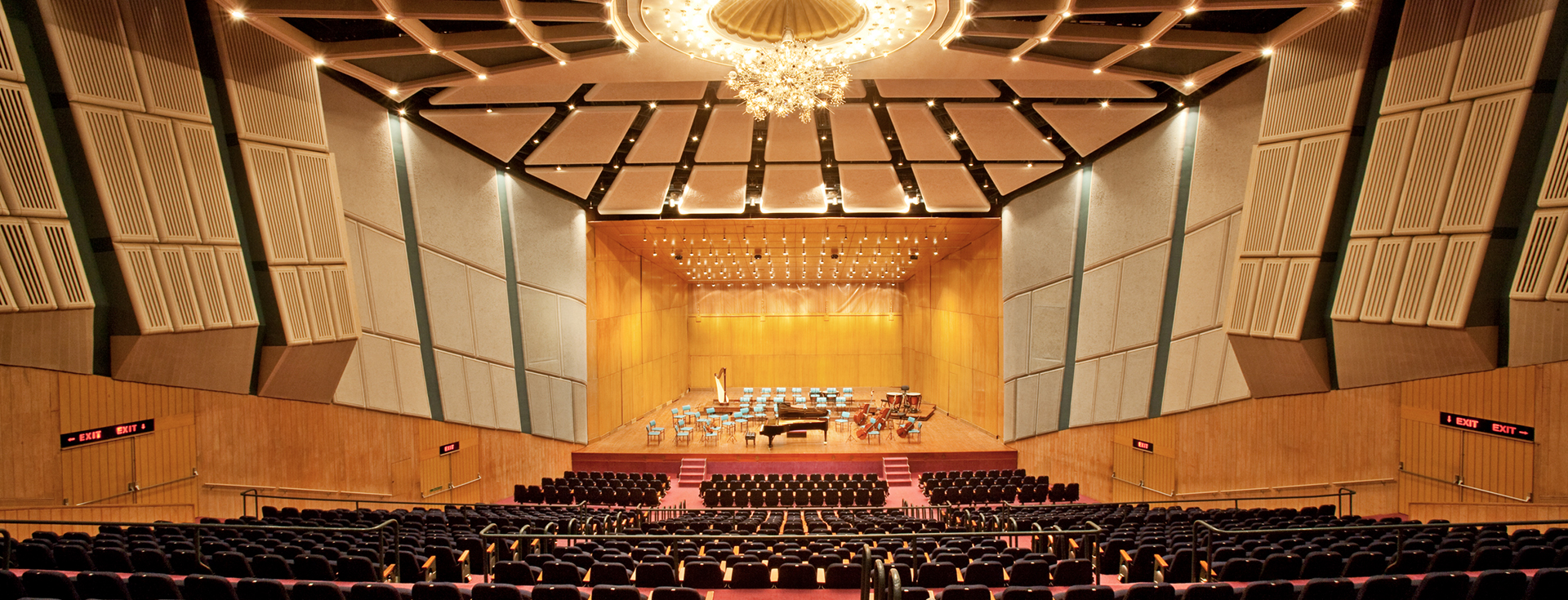
Instrument Craftsmanship
Traditionally, Indian instruments are totally hand-made. Like the art of music, the art of 'making' instruments has been passed on from one generation to the other.
However, today this industry faces several challenges related to the materials used and methods employed leading to a non-standardized product of unpredictable quality.
A project was conceived by Dr. Suvarnalata Rao in order to assess in an objective way the problems associated with this craft and to evolve a comprehensive strategy to support this traditional art through more predictable scientific methods. Funding for this project was provided by the Homi Bhabha Fellowships Council (1996-98).
Four major string instruments of North India, viz. sitar, tanpura, sarod and sarangi were selected.
The specific objectives of this endeavour were to:
The study brought to focus a number of areas, which need to be studied further in collaboration with the instrument makers. A full report on this project is available at the NCPA Library as well as with the Homi Bhabha Fellowships Council.